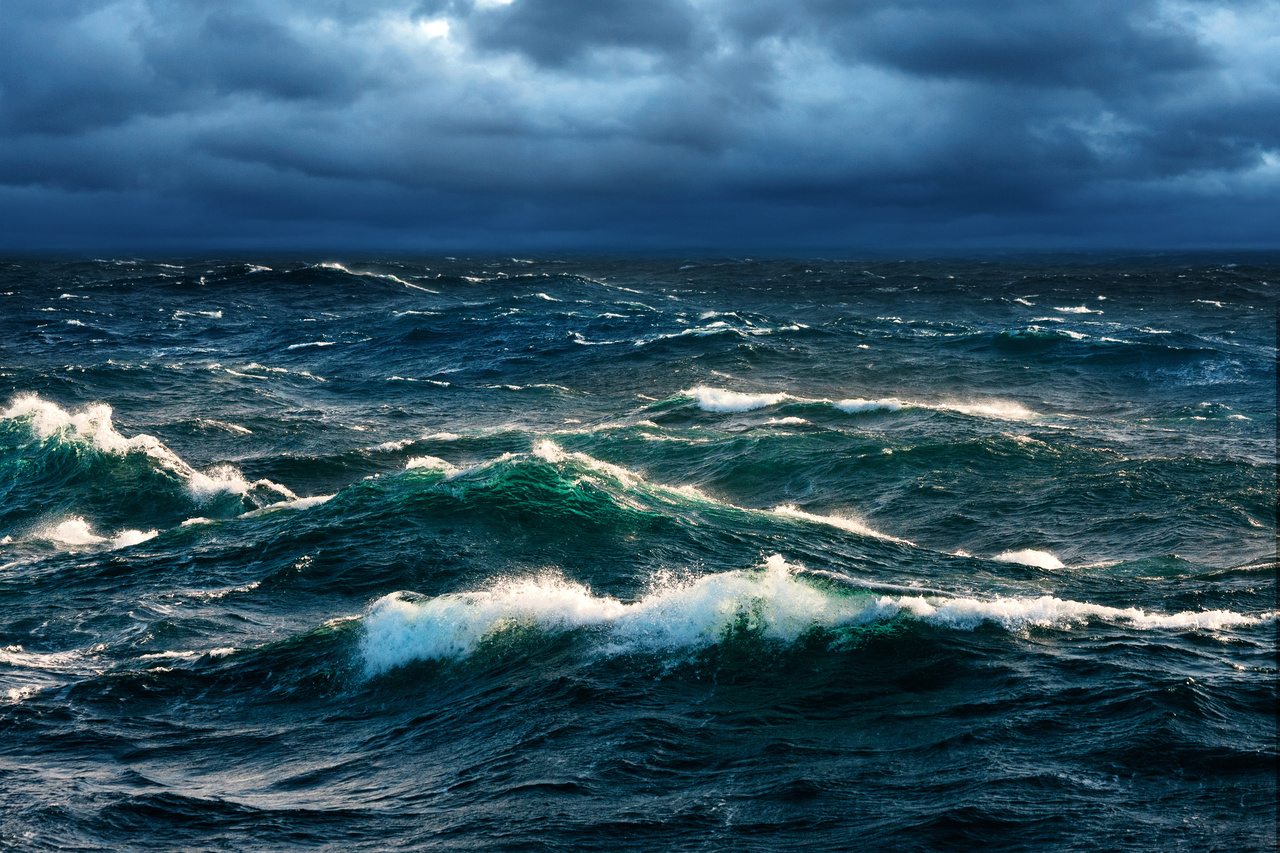Earlier this year we reported there was a new SST product on the way (see story here, and Figure 1 for an explanation of the change in products over time). As mentioned previously the new product (which uses data from new sensors and has been produced operationally at BOM since 16th November 2018) was intended to be a drop-in replacement for the existing AVHRR-only L3S product set. The AVHRR-only data is now degrading in both quality and coverage due to changes in the satellite orbits and reducing number of satellites.
These new data products are now available on the AODN THREDDS catalog and the AODN Portal, and with thanks to our colleague Edward King at CSIRO, the AODN User Guide pages on Satellite Sea Surface Temperature (SST) Data were able to be significantly updated, with product comparison diagrams and explanations added in.
The 12 new multi-sensor product collections available on the AODN Portal are:
- IMOS – SRS – SST – L3S – Multi Sensor – 1 day – night time – Australia
- IMOS – SRS – SST – L3S – Multi Sensor – 1 day – day time – Australia
- IMOS – SRS – SST – L3S – Multi Sensor – 1 day – day and night time – Australia
- IMOS – SRS – SST – L3S – Multi Sensor – 3 day – night time – Australia
- IMOS – SRS – SST – L3S – Multi Sensor – 3 day – day time – Australia
- IMOS – SRS – SST – L3S – Multi Sensor – 3 day – day and night time – Australia
- IMOS – SRS – SST – L3S – Multi Sensor – 6 day – night time – Australia
- IMOS – SRS – SST – L3S – Multi Sensor – 6 day – day time – Australia
- IMOS – SRS – SST – L3S – Multi Sensor – 6 day – day and night time – Australia
- IMOS – SRS – SST – L3S – Multi Sensor – 1 month – night time – Australia
- IMOS – SRS – SST – L3S – Multi Sensor – 1 month – day time – Australia
- IMOS – SRS – SST – L3S – Multi Sensor – 1 month – day and night time – Australia
There is substantial improvement in the coverage from the single-sensor to the multi-sensor products for a given time, and this is clearly illustrated in Figure 2.
To find these collections, start the search on Step 1 of the AODN Portal using either keyword “L3S single” for single-sensor collections, “L3S multi” for multi-sensor collections, or for a list of all of them “L3S’. The single and multi-sensor products each have directly correlating products of the same nature;
i.e.
IMOS – SRS – SST – L3S – Single Sensor – 1 Day – night time – Australia
corresponds with
IMOS – SRS – SST – L3S – Multi Sensor – 1 Day – night time – Australia
For more information on Using the AODN Portal see the User Guide.
The historical single-sensor product, from 2017 back to 1992, is still valid and accurate (after 2017, the product starts to deteriorate). Therefore the best process for users to obtain all accurate data, is to download the single-sensor product data temporally subsetted from 1992 – 2017 on Step 2 of the AODN Portal plus download the corresponding multi-sensor collection. A reminder, if added to the AODN Portal at the same time, the geographical bounding box will only need to be drawn once and the data grids will be applied to the two collections. Users should also keep in mind that subsets spanning over many years – even if they are subset to small geographical bounds, can take up to 2 days to aggregate and download so please be patient.
Feedback on these Satellite products or the AODN Portal are always welcome. Please send correspondence to info(at)aodn.org.au.
